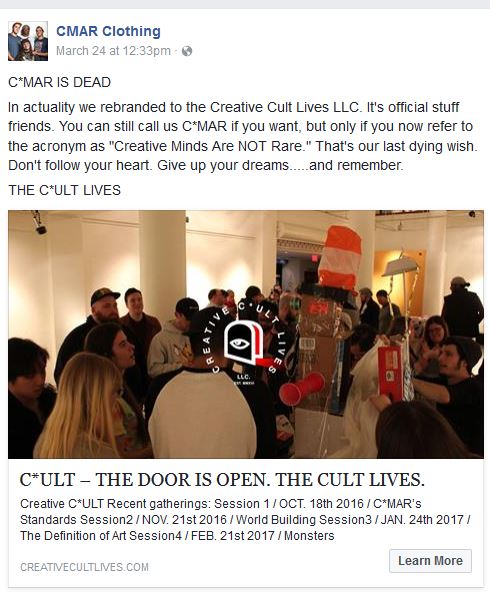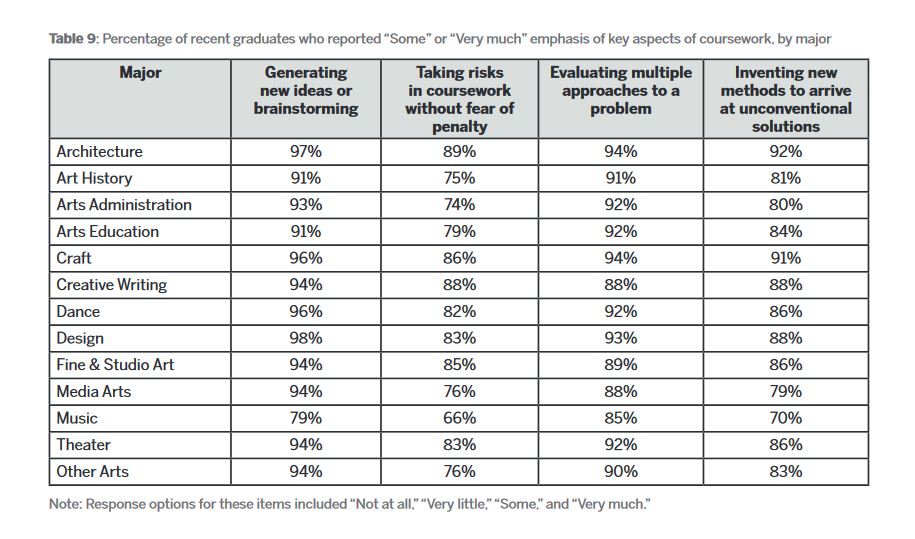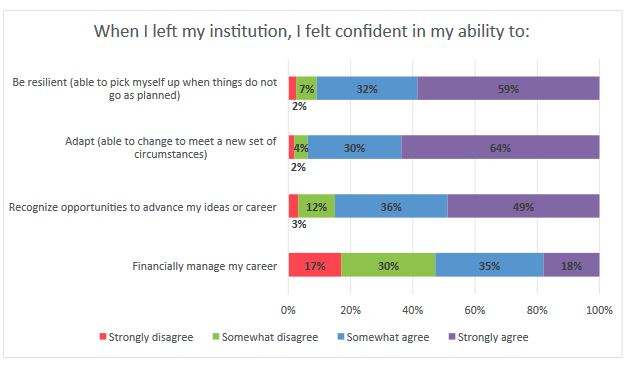I recently became aware of the Young Professionals’ Choral Collective out of Cincinnati and was impressed at how they structured themselves to facilitate involvement by a younger demographic.
They position their identity in the following way:
Do you love to sing? Did you sing in high school/college/church and miss the music-making, the friendships, the fun and the community of a choir? Do you want to get more involved in Cincinnati arts scene? Do you want to find new friends to go with you to all the new bars and restaurants in OTR & Downtown Cincinnati? Do you want to sing in a choir but can’t commit to a full-year weekly schedule? Then check us out!
What impressed me most was that they structure participation in 6 week cycles. You only need to commit yourself for that period of time. Given that so many surveys about arts participation mention lack of time as an impediment to participation, I thought this was a smart way to respond to this challenge.
Currently they claim over 850 members. There are no auditions for their self-produced concerts nor do they place limits on how many people can participate in each cycle. Presumably, they work with whomever they have.
Of course, since they have positioned themselves as a place where people with an avid interest in choral performance can continue to practice their passion, new members are likely to have some degree of experience and coaching.
Socialization is definitely a primary ingredient in their organizational model. In a TEDx talk about the group, Artistic Director KellyAnn Nelson repeatedly jokes about the role of alcohol in their activities. They rehearse in bars and go to a different restaurant after every rehearsal as a way of publicly supporting area businesses.
Given how boisterous she claims they are at these dinners, I imagine it also provides some publicity for the group’s concerts and acts as recruitment for new members. They encourage members (and prospective members) who aren’t able to participate in a cycle of rehearsals to stop by, hang out and eat with the group when they can make it.
The ease of joining, stopping and rejoining, probably relieves people of internal distress over conflicting obligations and makes them more apt to join in the first place.
It may also create a sense of membership in people who only participated in one cycle five years ago. The ability to rejoin without much guilt may provide a sense of continuity with the organization that makes them more apt to evangelize about the group even if they never sing with them again.
If you have been reading my blog for any length of time, you know that I often use the example of people who sing in a church choir not seeing themselves on a continuum with Aretha Franklin. I am not sure if singing in a civic choir would necessarily solve that issue, but I would see a small victory if a person considered themselves a singer because they continued to identify as a member of a group five years after participating.







Thanks for what you are doing to bring cultural change to the arts. It is so important to represent everyone.…